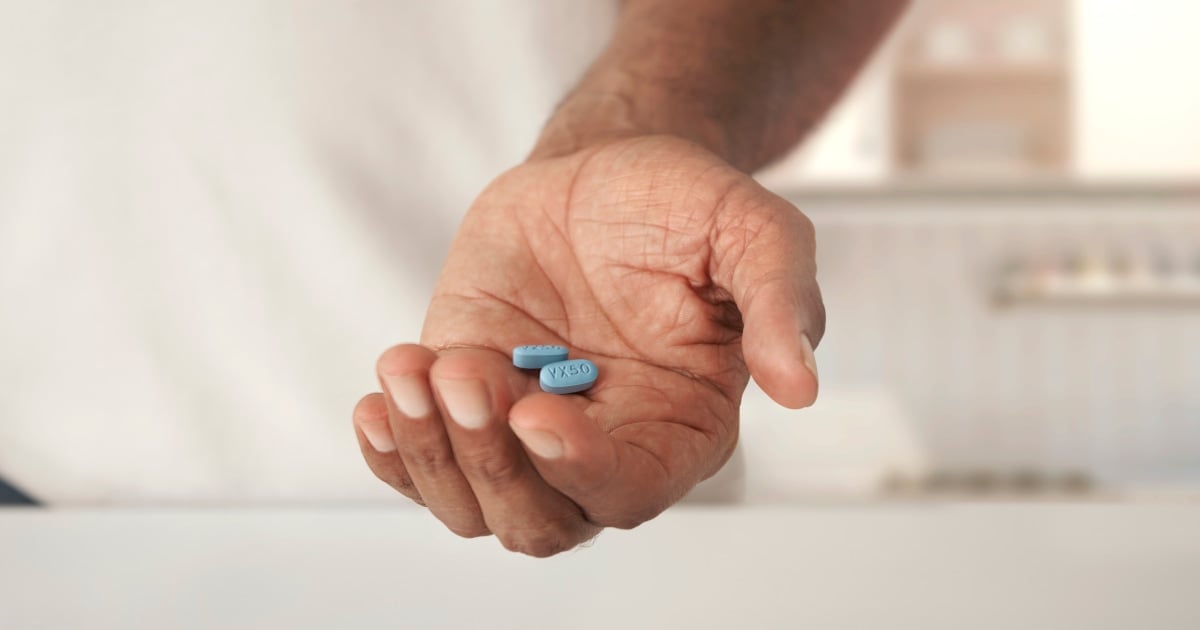In phase 3 clinical trials by the drugmaker, researchers looked at how well the drug worked after surgery. Patients who had undergone either tummy tucks or bunion surgery were given either suzetrigine every 12 hours; an opioid, hydrocodone, plus Tylenol every six hours; or a placebo for 48 hours after the operations.
[ . . . ]
The dose of hydrocodone was also smaller than what is typically given after surgery, “so it’s hard to know exactly what to make of the results,” Rind said.
🚩🚩🚩
I’m not saying this is 100% what it is, but if I wanted to make a less effective drug look more effective, then comparing its performance to a smaller than normal dose of an approved drug would be one way to do it.
If it’s actually effective then that’s great, there are people that need non-opiate alternatives. My worry is that it’s not and this is going to wind up being another way patients in acute pain get told to suck it up and deal by their doctors.
10000% there are side effects that they know about and will hide. I’m willing to place my honor as a gentleman on the line.
Imo all safety studies should be duplicated, with one run by someone that wants the study to give a safe and effective conclusion and another run by someone who wants the study to give a dangerous or ineffective conclusion. Both studies monitored by neutral parties that are rewarded based on how long the studies stand up for. And no NDAs (or at least no NDAs that don’t expire once the product hits the market) so that all three can be vocal about any issues they had with how the others wanted things run.
And criminal charges for any kind of corruption.
There will be whigs on the lawn I say!
I have chronic pain and I’m all for innovation in the realm of pain management, but I personally won’t even think about taking that drug for many, many years. Fucking with sodium channels sounds super dangerous. There are so many variables they just could not have tested or even guessed at. It also doesn’t help that if there’s an adverse reaction to be had, I’m gonna have it.
It targets a sodium channel that only exists in pain neurons, called NAV1.8, or SCN10A. It’s not found elsewhere in the body. The whole reason this research is exciting is because it would be so specific it wouldn’t have the side effects seen with opioids or any anesthetic for that matter—central depression, which is what causes your breathing to stop.
It is very interesting and amazing stuff, no doubt about that. The future of medicine is only going to get more amazing, but I suppose I just really have very little confidence in that space because of a lack of understanding in oddball humans like myself who have somewhat bizarre physiology. For the vast majority of people, I think having a pain medication that doesn’t also slowly kill you is obviously a net positive.
The drug might suck. But I think continuing research on non opioid pain killers is probably a good thing.
no no pioids tsk tsk
This new pain med is totally non-addictive. I mean trust us. Totes.
/s




